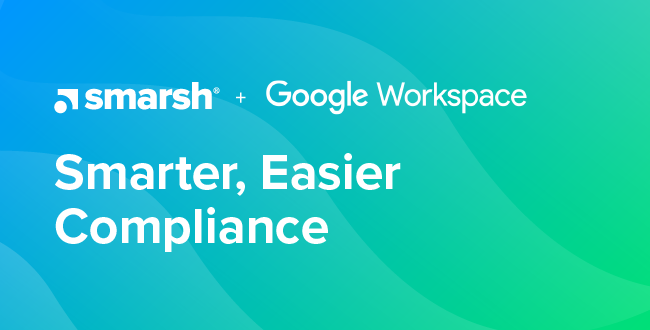This post is an excerpt from Next-Generation Archiving: Extracting Intelligence from your Electronic Archives, the recent report from Osterman Research. The full report is available for download here.
THE NEW DRIVER FOR ARCHIVING
Electronic content archiving is entering its second phase – what we’re calling Archiving 2.0, or Next-Generation Archiving. While the defensive role of archiving is critical and an important best practice for every organization, decision makers need to consider archiving’s vital role in extracting meaningful business intelligence and additional value from the electronic content the organization already possesses.
WHAT DOES AN ARCHIVE CONTAIN?
Electronic archives contain a great deal of information. For example, a January 2016 Osterman Research survey of end users found that the typical information worker sends a median of 30 emails per day and receives 100. That means that during a 250-day workyear, each information worker sends or receives a total of 32,500 emails. An organization of just 500 information workers, therefore, will generate more than 16 million emails every year. This is in addition to employees’ social media posts, instant messaging conversations, collaborative work, telephone calls and other communications both internally and with business partners, customers, prospects and others. As shown below, the typical corporate archive contains a wealth of information.
WHAT’S IN AN ARCHIVE?
What does archived content include? Considering email alone as a source of information, an archive may include many things, such as:
- A second-by-second record of what information workers are doing during working hours and what they do when they are away from the office working on company business.
- A record of every communication between employees, customers, prospects, business partners, suppliers, contractors and others.
- How employees deal with sensitive content, such as sending or storing content via corporate email, via their personal email systems, in file sync and share tools, or via text messaging.
- A record of how employees respond to customers and prospects, as well as those communications to which employees did not respond.
- A record of every business relationship maintained by employees.
- A timeline of employees’ responses to time-sensitive communications.
- A record of every appointment set by employees, their location at various times, and other relevant information about how they spend their day.
- The communications that employees have with competitors.
A detailed analysis of email content will reveal a wealth of information that can help decision makers to analyze their business operations more thoroughly. For example, performing analytics on email content will reveal:
- The extent to which employees comply with corporate policies about protecting sensitive information or comply with email acceptable use policies.
- Overall corporate sentiment based on employees’ and management’s communications.
- How salespeople interact with customers and prospects, how quickly salespeople respond to customer inquiries, and their tone in these responses.
- How well the official organization chart matches up with the actual one. For example, understanding email flows within an organization can help identify those individuals who wield the greatest influence in an organization – the “mayors” to whom employees go to solve problems and get things done.
- The social relationships existing within a company that can help fellow employees find the expertise and influencers they need to work more effectively.
Moreover, it should be noted that while email is the primary method for communications, collaboration and file transfer in most organizations, it is certainly not the only one. For example, enterprise and text messaging, consumer social media, telephony and other data types are important content sources. This information should be included as part of the mix for understanding what really goes on in an organization and how employees interact with others.
USING ARCHIVING PROACTIVELY
What decision makers need to realize is that their electronic archives are a wealth of information about the organization, and that archiving all relevant communications and content can help them to make better decisions about their business. The retention of electronic communications and other content – and the application of the right analytics to this content – can help decision makers to gain additional understanding about information flows that are simply not captured in other corporate systems. This combination of archived content plus analytics can help organizations to extract insight and intelligence about their business operations in ways that would otherwise not be possible.
While IT is focused primarily on costs and maintaining the critical systems on which an organization relies, demand for next-generation archiving will be coming from outside the IT organization: sales, marketing, customer experience, compliance and HR, since it is these organizations that will be leveraging the insights that can be gathered from archived data. Consequently, there needs to be a partnership among the key stakeholders inside and outside of IT to facilitate the deployment and use of next-generation archiving solutions. Every day that an organization is not archiving – defensively or proactively – is another day that they’re missing data that could provide valuable insight to the business.
Ready to download the full Next-Generation Archiving: Extracting Intelligence from your Electronic Archives report? You can find it available as a free download here.

